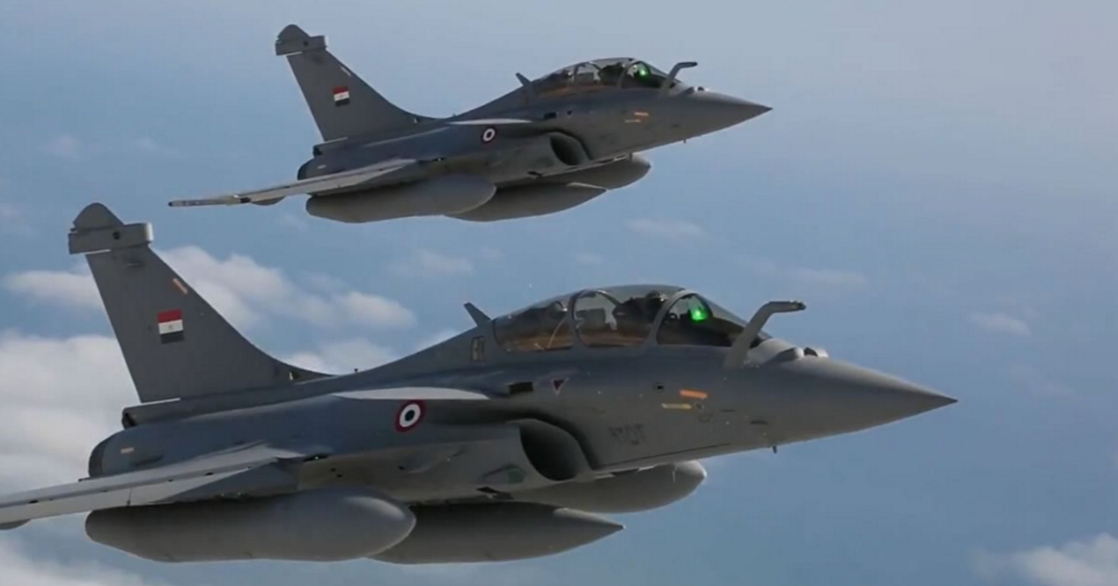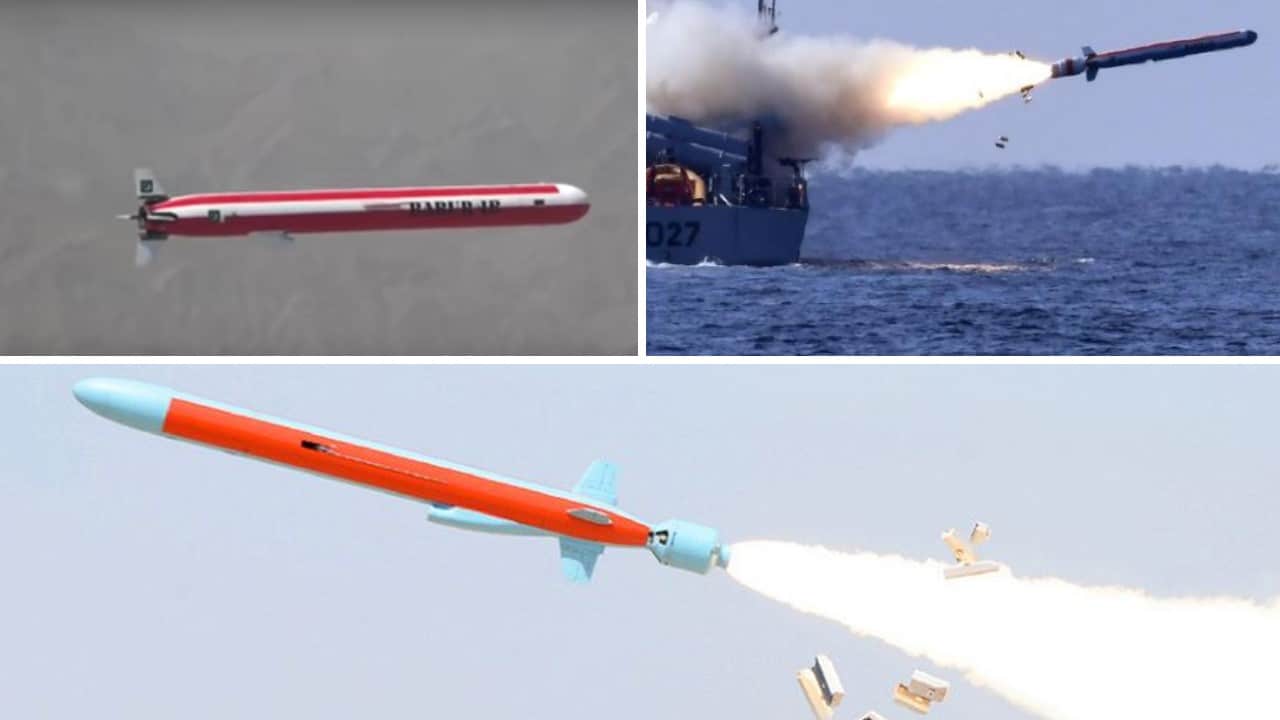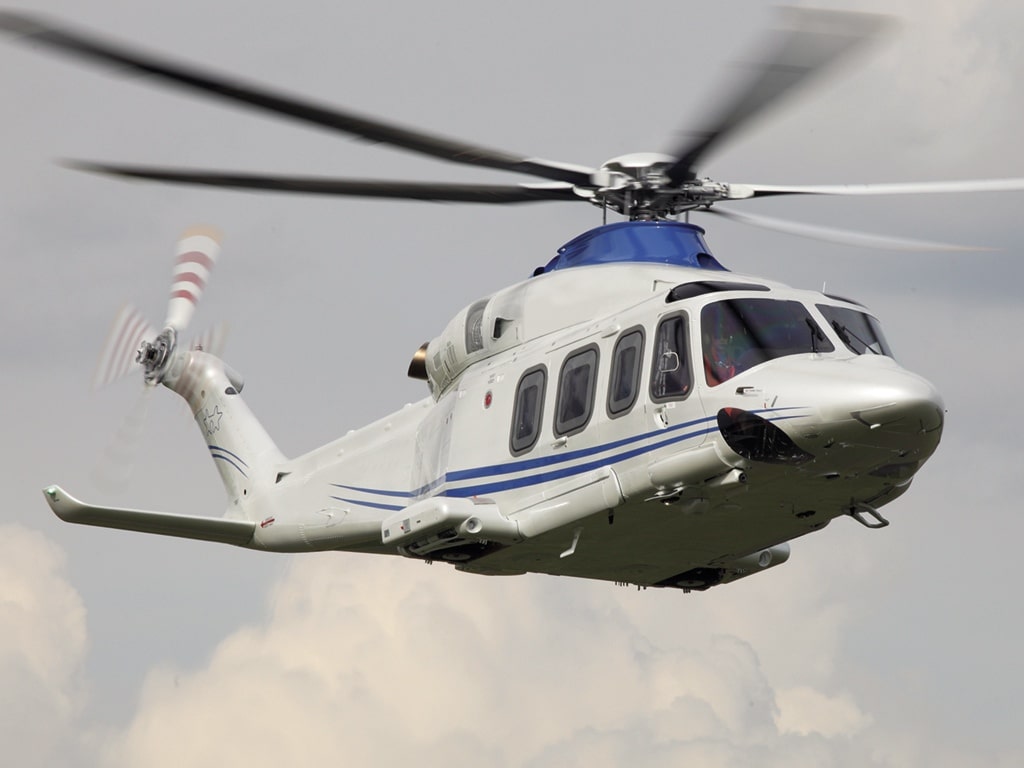2241Views 20Comments

Dassault anticipates new Rafale fighter sale in 2018
In an interview with the French newspaper Sud Ouest on May 15, Dassault CEO Eric Trappier said that the French defence aviation vendor is anticipating another sale for its Rafale multi-role fighter in 2018.
Trappier confirmed that Dassault is negotiating with Malaysia for 18 aircraft, affirming earlier rumours of the Rafale being the favoured candidate for the Royal Malaysian Air Force’s (RMAF) requirement for 18 next-generation multi-role fighters. These will replace the RMAF’s legacy MiG-29s.
He also revealed that there are talks with India for the sale of up to 57 Rafales for the Indian Navy, which is seeking a new fighter platform for its growing aircraft carrier force.
Dassault began securing export orders for the Rafale in 2015 with a sale of 24 aircraft to Egypt. This was followed up with sales of 24 and 36 aircraft to Qatar and India, respectively.
Malaysia is already a major customer of French defence equipment. The Royal Malaysian Navy has two DCNS Scorpene diesel-electric submarines and six Gowind 2500-derived Littoral Combat Ships (LCS).
Paris’ competition for the RMAF fighter requirement includes BAE Systems and Saab, both of which are offering credit to entice the RMAF to select the Typhoon and Gripen, respectively.
Notes & Comments:
This is a lucrative decade for the top-end fighter market. In 2016, Qatar and Kuwait secured access to the Boeing F-15QA and F/A-18E/F, respectively, and that too in addition to the Dassault Rafale and Eurofighter Typhoon, also respectively. Bahrain appears to be leaning on the F-16 Block-70/72.
India’s specialized needs – i.e. for carrier operations for the Indian Navy and single engine jet for the Indian Air Force – will amount to hefty multi-billion dollar packages. Belgium, Finland and Malaysia have open bids. If talks with Russia for the Su-35 do not come to fruition, Indonesia may also be a factor.
Despite the growing number of prospective buyers, the space is relatively flush with closely matched options, both in terms of capability and in cost. Suppliers, such as the Eurofighter Consortium, have begun to point to credit and cost-reduction schemes to draw contracts. Where industry capacities exist, such as in India and Brazil, suppliers have also extended transfer-of-technology and commercial offset benefits.



20 Comments
by Paul Baggio
Rafale was ridicolusly expensive for Malaysia. Better buy additional SU-30MKM or Super Hornet (to replace existing Legacy Hornets in RMAF inventory)
by little children
rafale would be the best choice for Indian Navy.
by Steve
What happened with the Pakistan bid to buy F16 from the new trump administration. About 36 F16V would solve our immediate requirement at a stroke.
by Keyser
The fact that the Rafale is now on more stable ground will give Dassault more leverage when negotiating with buyers. No more bargain basement deals.
by Superior_Shakeel
There was no such bid or effort nobody has even visited the Trump administration from Pakistan side yet no meeting has been done besides we can’t procure anything above block 52 AESA radar is on export control list for Pakistan and would have to be cleared by Senate defense committee before it can be exported to us.
We are better off buying the Fc-31 till then JF-17 will have to do or maybe su-35 but apparently there is shortage of funds for those.
Bilal did mention getting some used typhoon on the cheap from Italy if I am not wrong don’t know what happened to that. Would have been a nice option.
by Superior_Shakeel
Super hornet is more expensive than rafale
by dan
Rafale is more expensive than Super Hornet according to 1 source. 15% more expensive
by MT
Very costly
I would suggest f35 otherwise it’s more important to increase inventory of mig29 parts and overhauling mig29 along with indeginizing rd33mk in India to improve our operational capacity
by Salman Naveed
The MiG-29 would be a better option as it is a proven aircraft. On the other hand, the US may be a little wary of releasing the F-35 to India, given India’s technological cooperation with Russia. However, if released, the F-35 would provide an exponential capability and technology jump to the Indian Navy.
by MT
Indian Finance is tight after rafale purchase.
So I don’t see any big ticket import sales for next 4 yrs.
Priority is to improve the operatuonability of existing platforms
by Paul Baggio
Super Hornet already mass produced at 500+ and their design is mature. While Rafale yet to past 200 units. Hence, why Rafale well expensive than Super Hornets.
by Paul Baggio
Pakistan should concentrate on their F-17 production while waiting for FC-31 or buy few dozens J-10B as stop gap requirements
by Advocate Pakistan
Well Indian finance doesn’t seem to be tight. They can easily cough up 10-20 billions.
by Superior Shakeel
I don’t even know what to say man
The Australian contract for 24 SH costed 6 billion USD including the aircraft training and support upto 10 years.
Deal included 2 engines installed and 6 spares.
After that 1.5 billion USD contract was signed for spares and other logistical support for 20 years.
The deal costed 1.2 billion USD extra when it was decided that 12 version of the 24 acquired would be ” growler ” version instead of normal SH and thus it required additional expenses
That’s upto 8.7 billion USD for basically 24 aircraft with 30 years support and no munitions
In all the 24 SH will costs Australia around 16 billion USD in overall costs for 50 years of lifespan or even more if they go for MLU.
OTOH
Qatar deal of 24 rafale’s with training of 36 pilots and 100 mechanics and 20 years of support along with 100+ meteor BVR costed them 7.5 billion USD along with Qatar specific upgrades Ie uprated m88 engines and integration of Sniper pod, Israeli HMD.
The egypt contract costed around 6 billion USD for 24 rafales it included 250 MBDA missiles more than half of them are touted to be meteor.
It also included the complete training of pilots and 60 mechanics and logistics and spare support for 20 years and 2 FREMM frigates.
The unit cost just from the wikipedia puts the cost of SH at 99 million USD whereas rafale C costs 80 million USD and rafale M costs 86 million USD.
PLEASE READ BEFORE POSTING LUDICROUS STATEMENTS just because they have produced 500 aircraft doesn’t make it cheaper F-35 will always be ultra expensive no matter how many they produce you can take economies of scale argument only so far.
As a GENERAL RULE OF THUMB AMERICAN WEAPONS HARDWARE IS ALWAYS MORE EXPENSIVE than it’s competitors as they like to over design and overcomplicate stuff and that requires much large and expensive infrastructure to maintain this being more expensive.
by Superior Shakeel
Cite me that source
And also read above
by Steve
FC-31 is not ready yet. We have massive infrastructure for F16. Maybe buy second hand or excess defence articles under MNNA from boneyard and upgrade via Turkey as an interim measure. We need numbers! There are options which I am sure PAF are looking at.
by Steve
Indian finance appears to be able to cough up money because the rulers accept a very long timescale to deal with lack of infrastructure and opt for prestige projects like a huge military or a space programme instead of boring civilian stuff. They may be spending money on civilan stuff but it’s never enough given the size of the problem. The poor don’t really count. This is probably similar to Pakistan as well but at least we have a smaller problem and massive Chinese help in infrastructure.
by Headstrong
Volvo announced its Make in India project today. 10 civilian nuclear reactors announced yesterday.
And, of course, the ‘prestige’ space programme. The pet bug bear for you people.
How ill-informed you people are about the Indian space programme. This was proved a day after India placed into orbits 104 satellites with a single launch vehicle. Except for three satellites, all remaining were from other countries, and most irritating for you people is the fact that 96 were from the US.
Or are the grapes that sour?
The fact is that India’s achievements in space science are truly creditable. The mobile phone network, the high speed Internet connectivity offered by various telecommunication service providers, the number of satellite television channels, radio network and an immaculate disaster management service are but a few of these. Sending manned missions into outer space may not be India’s priority. But Indian space scientists have integrated almost all forms of economic and social activities with space technology. Thanks to EDUSAT, (Educational Satellite) launched by ISRO, India’s school children get the benefit of virtual classrooms irrespective of their geographical locations. The Indian National Satellite (INSAT) series launched by ISRO helped strengthening the communication and remote sensing capabilities of the country. We watch cable TV networks thanks to the communication satellites launched by ISRO. The remote sensing satellites give us advance warnings about any kind of natural disasters like cyclones and floods and provide information about the level of water table in the country’s water resources. They also help study the slope of the country, which helps policymakers draw out blueprints for linking major rivers for the transfer of surplus water in flooded rivers to water-deficient regions. I could further elaborate on tele-medicine, city planning, tapping mineral resources etc. But I’ll stop here as I know you people feel the pain about hearing such stuff. The standard sarcastic response of you people is ‘Sure, Incredible India!’. And I agree, we have a long, long way to go. But at last we’re taking our own, baby steps.
As regards China’s ‘massive help in infrastructure’, I would refer you to Dr Farrukh Saleem’s thoughts on what lies in store for you people. Or else, you could check with the Sri Lankans. Or Cambodia. Or Myanmar. The wise man learns from the mistakes of others, while a foll repeats them. What price do you put on your sovereignty?
by MT
India spending 2.3% of gdp on defense and only 14%of budget as compared to more than 25-27% of pak budget spent on defence despite all ur hullabaloo on cpec
India have 5 metro train city running and 10 in development.
India is second biggest solar power producer next to china in 2016.
It adds 3000mw solar power,8000mw thermal and 1000m hydro,1000mw wind yrly.
India spending 45 bill $ on railway but we need another 50 bill$yrly on railway so thanks to 0%loan from Japan and help from indian public sector borrowing india building 2000 railway line and 3000 km road ways yrly.
But India cant afford loan of 1 trillion $ for infrastructure which is what is needed to turn into decent infrastructure ranking nation so we can do at the pace which is pragmatic.
by Sri Henna
Malaysia should not purchase the Rafales for now. It’s super expensive and the country has no cash to burn…